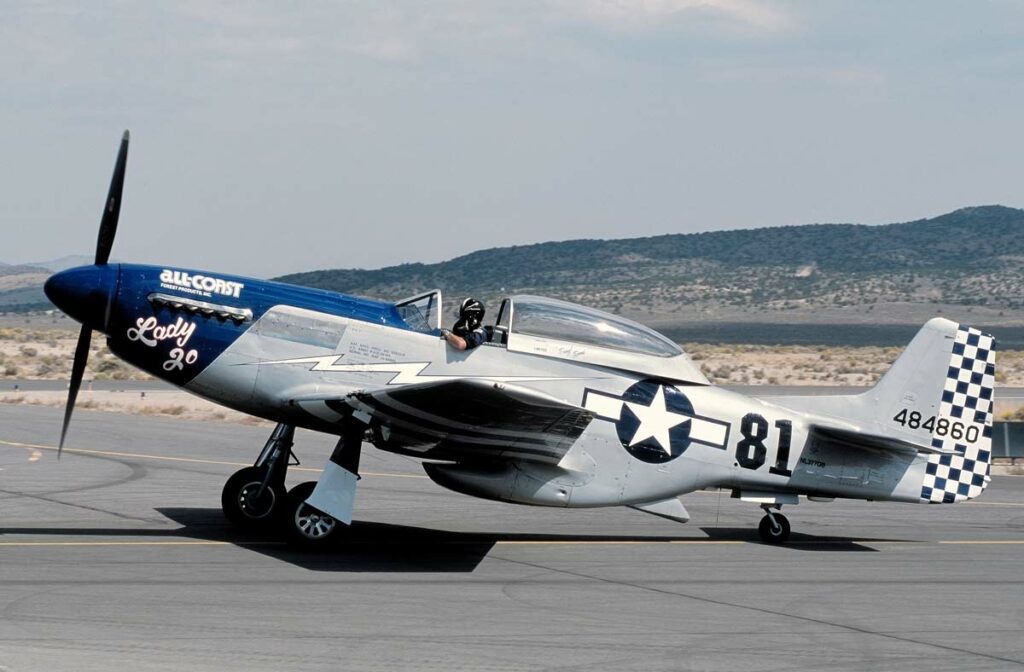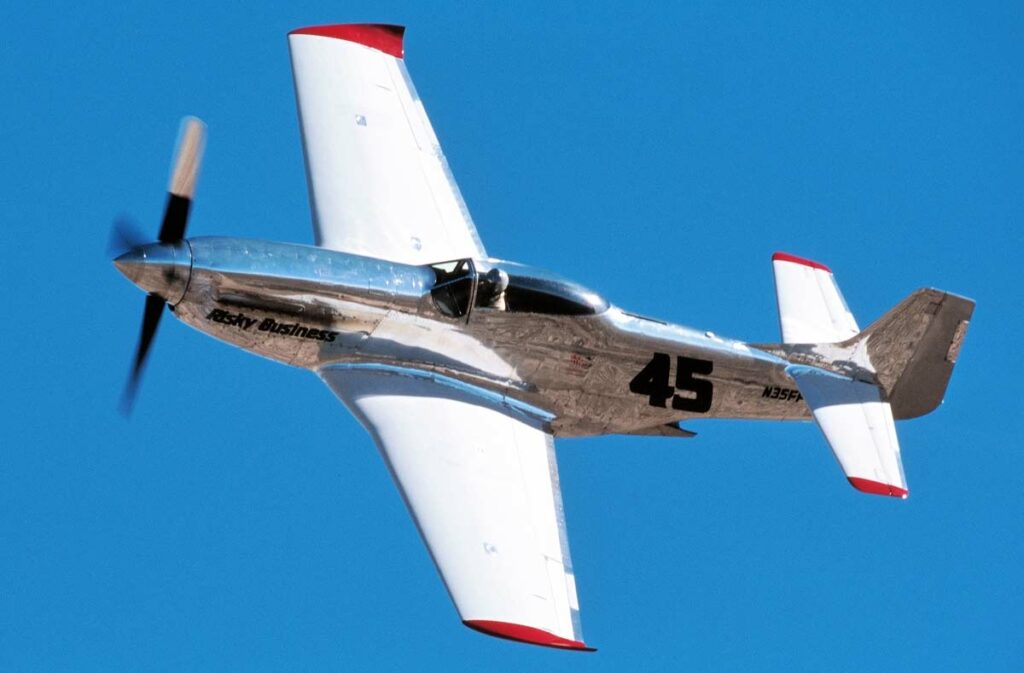The P-51 Mustang, a legendary WWII fighter, known for its Rolls-Royce Merlin engine, long-range capabilities, and profound impact in air combat.
This article provides an in-depth look at the North American P-51 Mustang, a pivotal fighter aircraft of World War II. It covers the Mustang’s development, innovative design, superior performance, and critical role in military operations, emphasizing its importance in achieving air superiority and its enduring legacy in aviation history.
The North American P-51 Mustang was a cornerstone of Allied air power during World War II. Renowned for its range, speed, and agility, the Mustang was instrumental in the air war over Europe. This article explores the development, design, operational capabilities, and combat history of the P-51 Mustang, underlining its significance as one of the most effective fighter aircraft of its time.

History of the Development of the North American P-51 Mustang
The P-51 Mustang’s development began in the early years of World War II, a time marked by rapid advancements in aviation technology and a growing need for effective long-range fighter aircraft. The British Royal Air Force (RAF), seeking a new fighter, approached North American Aviation to develop a new aircraft. The company, led by James H. “Dutch” Kindelberger, took on the challenge, resulting in the P-51.
The first prototype, the NA-73X, flew on October 26, 1940. The aircraft was initially powered by the Allison V-1710 engine, but its full potential was realized after the adoption of the Rolls-Royce Merlin engine, which greatly enhanced its performance, especially at high altitudes.
The P-51 did not have a NATO nickname, as it was developed before NATO’s formation. The Mustang’s development was driven by the urgent need for a high-performance fighter capable of escorting bombers deep into enemy territory.
Design of the North American P-51 Mustang
The P-51 Mustang featured a sleek, aerodynamic design with a laminar-flow wing, which reduced drag and improved efficiency. The incorporation of the Packard-built Rolls-Royce Merlin engine in later models (notably the P-51D) was a key factor in its superior performance. This engine produced around 1,490 horsepower (1,111 kW).
The aircraft had a length of 9.83 meters and a wingspan of 11.28 meters. Its design offered excellent visibility, high-speed performance, and agility. One of the design’s primary advantages was its range, enhanced by the use of external drop tanks.
However, early models with the Allison engine had limitations in high-altitude performance, which were overcome in later Merlin-equipped variants.
Performance of the North American P-51 Mustang
The P-51 Mustang’s performance was outstanding for its time. It could reach a top speed of about 703 km/h (437 mph) and had a service ceiling of 12,800 meters (41,900 feet). The aircraft’s range was approximately 3,347 kilometers (2,080 miles) with external tanks, making it ideal for long-range escort missions.
Compared to contemporaries like the German Messerschmitt Bf 109 and the Focke-Wulf Fw 190, the P-51D Mustang had superior range and comparable or better speed and maneuverability. Its ability to escort bombers deep into enemy territory was unmatched.

Military Use and Combat of the North American P-51 Mustang
The P-51 was armed with six .50 caliber M2 Browning machine guns and could carry rockets and bombs for ground-attack missions. It was crucial in gaining air superiority over Europe, escorting bombers to their targets, and engaging enemy fighters effectively.
The Mustang was pivotal in various operations, including the D-Day invasion and the bomber escort missions during the strategic bombing campaign over Germany. While it faced stiff competition from German fighters, the P-51’s range, speed, and firepower made it a formidable adversary.
The P-51 was used by several Allied nations during the war and continued in service in various roles post-WWII. It was eventually replaced by jet fighters, but its impact on air combat remains significant.
The North American P-51 Mustang stands as one of the most iconic and effective fighter aircraft of World War II. Its development, design, and operational success played a crucial role in the Allied victory in Europe. The Mustang’s legacy extends beyond its wartime achievements, symbolizing the technological innovation and strategic foresight of its era in military aviation.
Back to the Warbirds section.